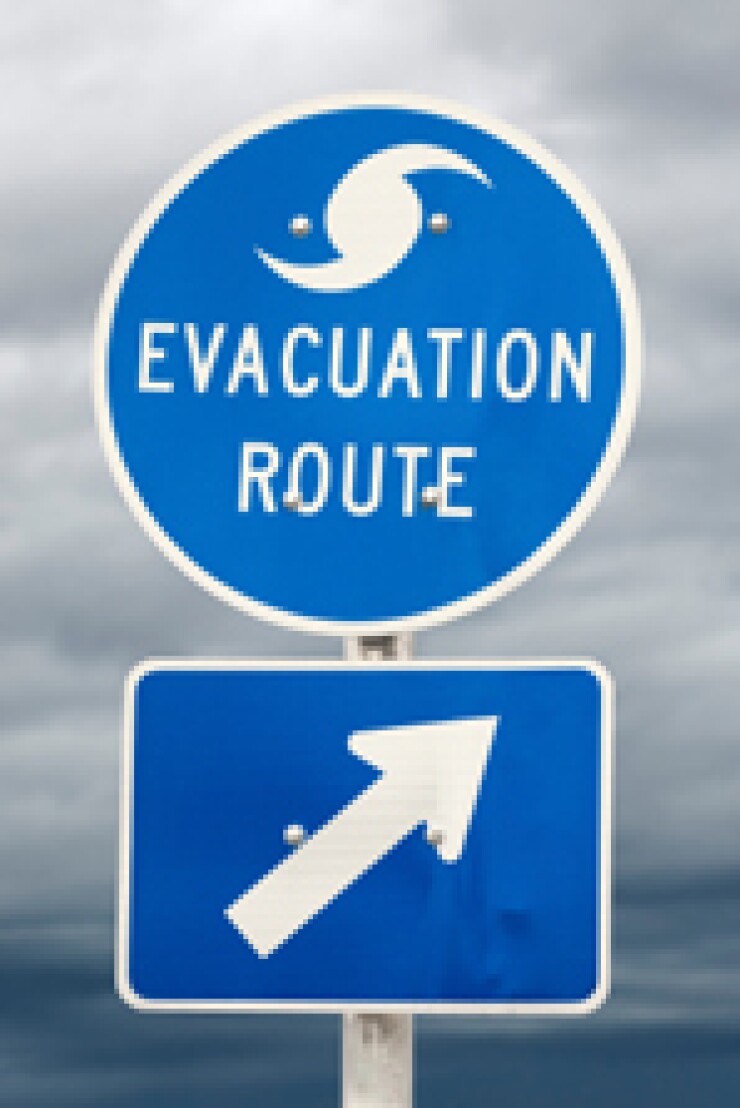
Boston — Property/casualty insurers may be bouyed by the relatively moderate nature of the past three hurricanes seasons. Yet, according to a new report from Boston-based
The study found that the near-term models offered by the three major catastrophe modelers—Boston-based
Although the long-term cumulative average loss for the three seasons was pegged at $30 billion, all three modelers predicted substantially higher losses for insurers. The AIR near-term model called for $37.2 billion in losses, while the EQECAT model predicted $40.8 billion and the RMS model foresaw $42 billion in losses over the three hurricane seasons.
The actual cumulative losses amounted to $13.3 billion, far below both the than the model predictions, and more than 50% below the long-term cumulative average of $30 billion.
While long-term computer modeling dates back decades, the near-term models are relatively new—all three were introduced in 2006. Karen Clark, president and CEO of Karen Clark & Co., told Insurance Networking News that while it is still too early to pass a final judgment on the efficacy of near term models, the cumulative data from the last three seasons is telling.
“It’s inherently something you cannot predict on a year-to-year basis,” she says. “The beauty of the long term models is that they look at all possibilities of what could happen and give insurance companies that information without trying to predict the actual experience in any particular time period.”
What’s more, Clark says she was not surprised by the near unanimity of the three separate models, considering that all three rely on the same general science. The world’s leading climate scientists, including those at the National Oceanic and Atmospheric Administration and Colorado State University, all overestimated hurricane activity for the past three seasons, she notes.
“The models are limited and don’t have a lot of data—and everybody is using the same data,” she says. “You have to take it for granted that the modeling companies do the best job that can be done. The limitation is on the scientific data, not on the modeling companies.”
To combat this inherent uncertainty in hurricane forecasting, near-term or long-term, Clark stresses that insurers must remain cognizant of the limits of catastrophe models and not view it as a substitute for underwriting.
“A model is just that—a model—and characterized by uncertainty,” she says. “Companies for too long have wanted the models to give them the answers. Models are tools and insurance companies need to develop processes around them.”
One way insurers can augment their catastrophe models is with the ever-expanding amount of data concerning the structures and locations they cover. This includes more accurate geospatial data and more complete information about a building’s structural characteristics, the type of soil it is built on and secondary modifiers, such as roof type. In addition to the information provided by third parties, insurers can also glean useful information for modeling from their own claims data, Clark notes.
Source: Karen Clark & Co.
Exclusive content only available on InsuranceNetworking.co





